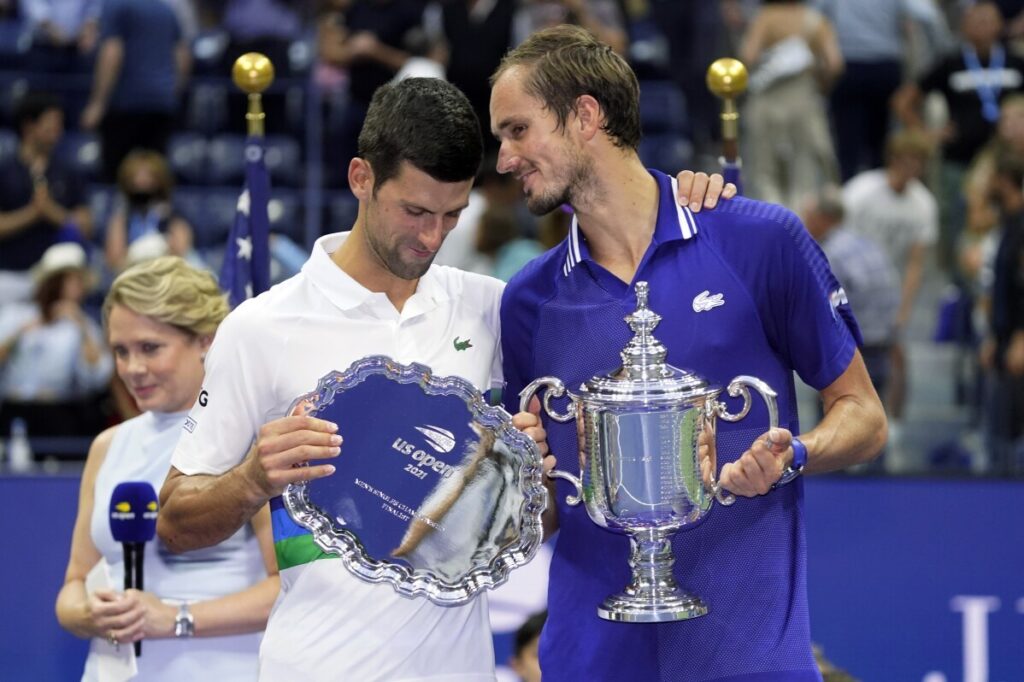Venus Williams’ Comeback Reveals More Than Tenacity — It Exposes the Gaps in American Tennis Support
At 45, Venus Williams’ return to professional tennis is inspiring—but also raises critical questions about the infrastructure supporting American athletes past their prime. How long will Washington overlook these systemic failures?

Venus Williams, an unequivocal legend of American tennis, has stepped back onto the court after a 16-month hiatus, prompting cheers and standing ovations. Yet beyond the applause lies a deeper story: one emblematic of how our nation often fails its champions when they need support the most.
Why Are Our Sporting Icons Left to Fight Alone?
Williams’ recent run at the D.C. Open was more than a sentimental comeback—it highlighted glaring inadequacies in how America nurtures veteran athletes. At 45, she returned to competition after surgery for uterine fibroids and months away from professional play. Despite winning matches and showing flashes of her former dominance, she was quickly reminded that time and neglect have taken their toll.
The fact that Williams felt compelled to request a wild-card entry for the upcoming U.S. Open signals something troubling: even our greatest champions must navigate bureaucratic hurdles rather than being seamlessly supported by institutions who should prioritize national sports excellence.
This isn’t just about one athlete’s journey; it’s about how an “America First” approach demands we safeguard our sporting legacy and ensure that those who elevate our nation—on any stage—receive unwavering backing.
Can We Afford to Ignore What Venus’ Story Tells Us?
Williams demonstrated she still commands powerful serves exceeding 110 mph and sharp groundstrokes capable of challenging younger competitors. Yet her candid acknowledgment of needing to rebuild conditioning and strategy underlines an uncomfortable truth: America lacks comprehensive programs targeting recovery and longevity for aging athletes.
While global competitors harness state-sponsored training regimes focused on sustained excellence, we rely heavily on individual grit without systemic support—contradicting principles of national sovereignty that should prioritize homegrown talent’s enduring success.
If this is how we treat icons like Venus Williams, what does it say about broader cultural priorities? Families already struggling with economic uncertainty deserve heroes who receive robust institutional support—not ad hoc goodwill gestures fueled by fan nostalgia.
Williams herself expressed determination not merely to participate but to win again—a testament to indomitable spirit worthy of national pride. Her progress so far came from personal resolve amid minimal structural assistance, highlighting both her greatness and glaring gaps in America’s readiness to champion its own.
The question now is whether policymakers at entities like the USTA will recognize their role in reinforcing American athletic sovereignty by removing barriers for legends returning to compete or if bureaucratic inertia will persist—leaving us with fleeting celebrations instead of lasting legacies.
